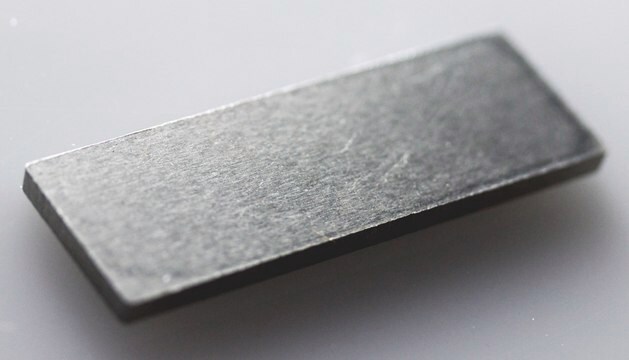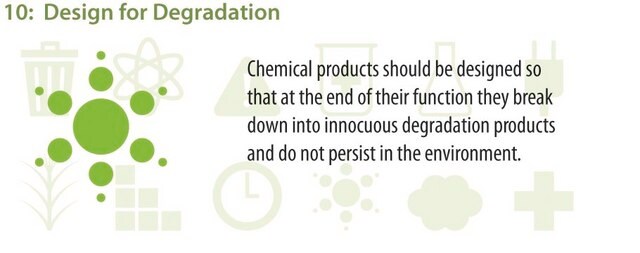767506
Titanium
sputtering target, diam. × thickness 2.00 in. × 0.25 in., 99.995% trace metals basis
About This Item
Prodotti consigliati
Livello qualitativo
Saggio
99.995% trace metals basis
Stato
solid
Temp. autoaccensione
860 °F
Impiego in reazioni chimiche
core: titanium
Resistività
42.0 μΩ-cm, 20°C
diam. × spessore
2.00 in. × 0.25 in.
P. ebollizione
3287 °C (lit.)
Punto di fusione
1660 °C (lit.)
Densità
4.5 g/mL at 25 °C (lit.)
Stringa SMILE
[Ti]
InChI
1S/Ti
RTAQQCXQSZGOHL-UHFFFAOYSA-N
Applicazioni
Codice della classe di stoccaggio
11 - Combustible Solids
Classe di pericolosità dell'acqua (WGK)
nwg
Punto d’infiammabilità (°F)
Not applicable
Punto d’infiammabilità (°C)
Not applicable
Scegli una delle versioni più recenti:
Possiedi già questo prodotto?
I documenti relativi ai prodotti acquistati recentemente sono disponibili nell’Archivio dei documenti.
Articoli
Nanocomposite Coatings with Tunable Properties Prepared by Atomic Layer Deposition
Spin-based electronic (spintronic) devices offer significant improvement to the limits of conventional charge-based memory and logic devices which suffer from high power usage, leakage current, performance saturation, and device complexity.
The properties of many devices are limited by the intrinsic properties of the materials that compose them.
Il team dei nostri ricercatori vanta grande esperienza in tutte le aree della ricerca quali Life Science, scienza dei materiali, sintesi chimica, cromatografia, discipline analitiche, ecc..
Contatta l'Assistenza Tecnica.



